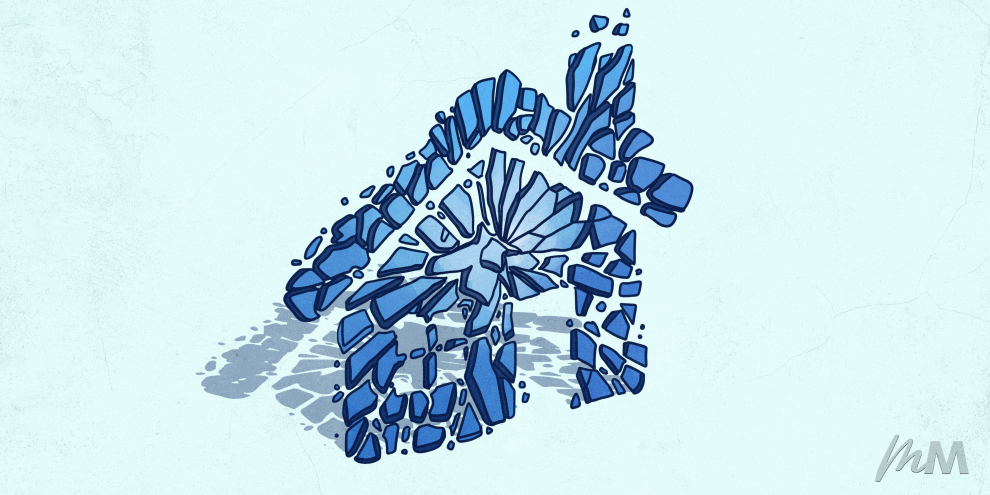London startup Deep Render is applying machine learning to image compression and has earned an impressive amount of £1.6M in seed funding. Considering that image and video data take up over 80 percent of internet traffic, Deep Render boasts that it’s taking a fresh approach to image compression.
The new program recreates the whole image compression process to mimic the neural processes of the human eye. As a result, image file sizes are reduced by 10x without sacrificing quality.
Called “Biological Compression technology”, the new domain uses a proprietary non-linear context-aware algorithm. The program pays special attention to image content, like the human eye, making way for more visually-appealing images.
“As humans, our eyes have evolved to care about certain colours and properties of the natural world. It helped us survive as hunters and gathers. We are more sensitive to the colour green as it represents fertile areas with food and water; we notice the slightest of movements in still scenes, as this helps us flee from sneaking predators. Accounting for these evolutionary instincts improves visual quality but teaching a machine to do so has been incredibly complex until now. Our technological breakthrough represents the foundation for a new class of compression methods,” explained co-founder Arsalan Zafar.
Among the big companies that benefit from this new tech are Netflix, Facebook, Google, and Instagram. Majority of the beneficiaries are businesses involved in VR and AR-streaming, holograms, and cloud-gaming. Some of its users even go so far as satellite-imaging and remote drone-flying.
“Image compression is at the heart of almost everything we do online, at home and in business, yet we’re stuck using ill-equipped and antiquated algorithms that won’t, and can’t, meet future needs,” said Eddie Anderson, founding partner at Pentech.











Add Comment